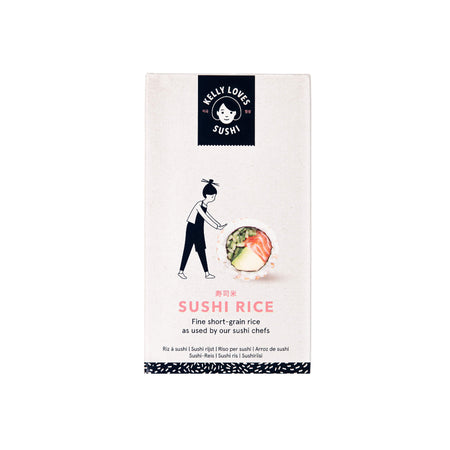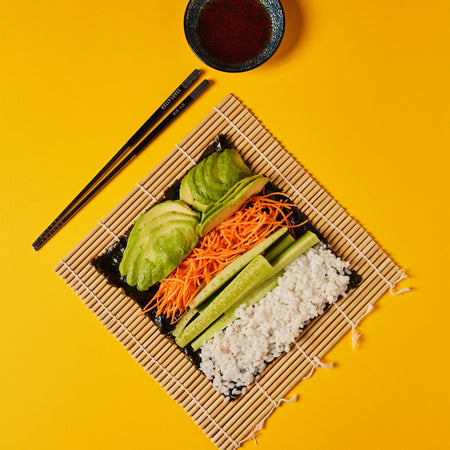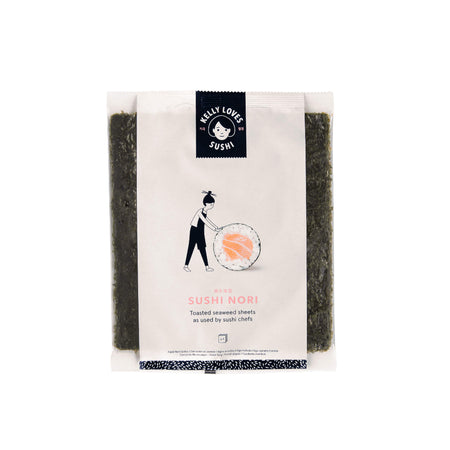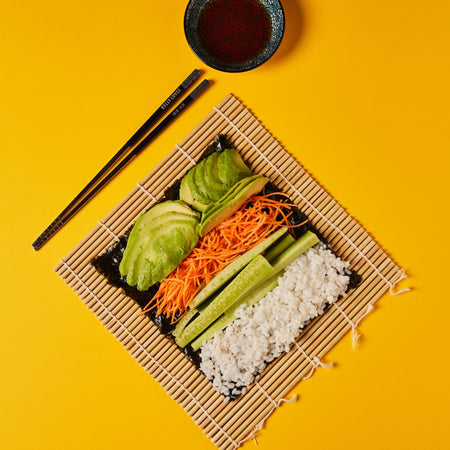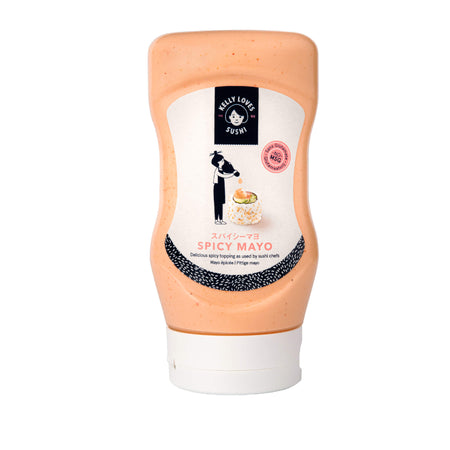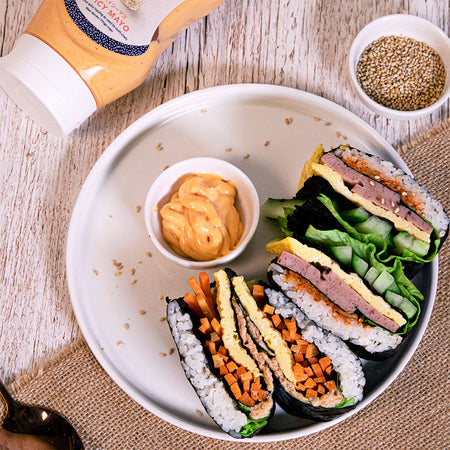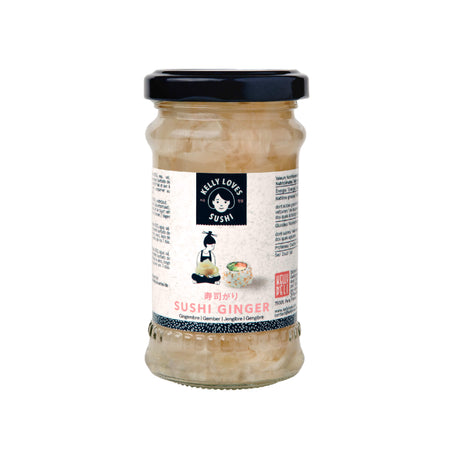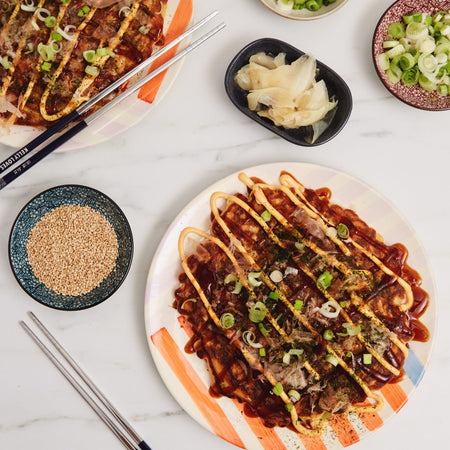Is Korean food healthy?

This is the question on all our lips as we crave the dazzling flavours and mouth-watering aromas of Korean food! Well, good news, Korean dishes use a vast array of wholesome ingredients, including a colourful range of Korean fruit and vegetables, roots, sprouts, seeds, nori and of course, kimchi.
Is Korean food healthy?
Luckily for Korean foodies, Korean food can be as good for you as it tastes. The dominant cooking methods used in Korea are all healthy: grilling, fermenting and stewing. Even stir-frying uses only a little oil to cook quickly, ensuring that vegetables remain crisp, retaining their nutrients. The traditional Korean diet comprises plenty of fresh vegetables, fermented foods such as kimchi, and soups, seafood, rice and meat — all making up a healthy diet.
Healthy Korean dishes include the famous bibimbap, a hearty rice bowl topped with loads of vegetables and meat. The balance of carbs, protein and nutritious vegetables make bibimbap a well-balanced meal.
Kongguksu (cold soy milk noodle soup) is refreshing in the summer months and as healthy as it is delicious. And there are numerous other nutritious Korean dishes. But like any culture, some of the food is high in salt, fat and calories.
What healthy ingredients are used in Korean cooking?
Korean cooking is simply bursting with vegetables, packed full of micronutrients and macronutrients that are essential for your health. Examples include: spinach (side dish or salad), cabbage (kimchi), bean sprouts (rice, soup or as a side dish), radish (soup, radish kimchi, salad), seaweed (so many dishes right here), burdock root (bibimbap, kimbap) and kabocha squash (porridge or salad). Koreans also prefer to use lean meat, so there is often a lower cholesterol and saturated fat content in Korean food when compared to other countries.
What are the healthiest Korean food options?
Let’s take a look at our list of the healthiest Korean food options (these are only a handful as an example, as no one likes a list which is too long to scroll down, but there are so many more for you to explore):
- Kimchi. Kimchi is supercharged with nutrients. Packed with gut bacteria to aid digestion, high in fibre, low in calories and chock full of vitamins and minerals.
- Stir-fried and steamed vegetables which retain most of their nutrients due to the cooking method (as part of a main dish and as side dishes).
- Bulgogi. Sliced beef with vegetables and rice. High in protein — but make sure to add vegetable side dishes.
- Bibimbap. A bowl of warm rice with vegetables, egg and meat (or tofu). A balanced meal in itself.
- Soondubu jjigae. Soft tofu stew. Packed with protein and vegetables in one bowl.
- Jangeo-gui. Grilled eel. High in protein, it’s great for gym goers.
- Kongguksu. Cold soy milk noodle soup, a delicious yet ultra light meal.
- Gimbap/kimbap. Similar to sushi, but with no raw fish, these rice rolls are packed with different combinations of vegetables, fish, eggs and meat. Koreans eat them like sandwiches — for packed lunch on the go.
Which Korean foods should you avoid eating too often?
Like any country, Korea has food which is unhealthy (high in fat, salt, or calories) and best eaten as a treat. There are also foods to be avoided completely if you are on a healthy eating diet.
- These are foods that you should avoid eating too often:Korean fried chicken. This tastes so good: juicy, tender chicken in a crunchy coating, often served with a sweet sauce. But it’s high in fat, salt and sugar.
- Samgyeopsal. This dish might be grilled…but it’s still pork belly!
- Jajangmyeon. Noodles in black bean sauce with pork and vegetables, it’s a delicious takeaway option in Korea, but sadly high in calories. But hey, fast, takeaway food should be a treat for just once in a while.
- Pickled, salted seafood and vegetables. Due to a high sodium content this shouldn’t be eaten too often.
- Processed deli meats. Ham, sausage or spam. This is due to high fat content and harmful additives.
How can you make Korean food healthier at home?
✔ When making Korean food at home, always choose lean meats.
✔ Only add small amounts of fermented sauces when a recipe asks for it, due to the high sodium content.
✔ Serve less meat and more vegetables.
✔ Keep check on your portion sizes and save food for the next day rather than eat a double portion.
The huge range of Korean dishes and ingredients make choosing to eat healthily easy. Plant-based ingredients and traditional Korean cooking methods can help us eat well. Just make sure the ingredients you use are high-quality and authentic (and that’s something we can help with).
